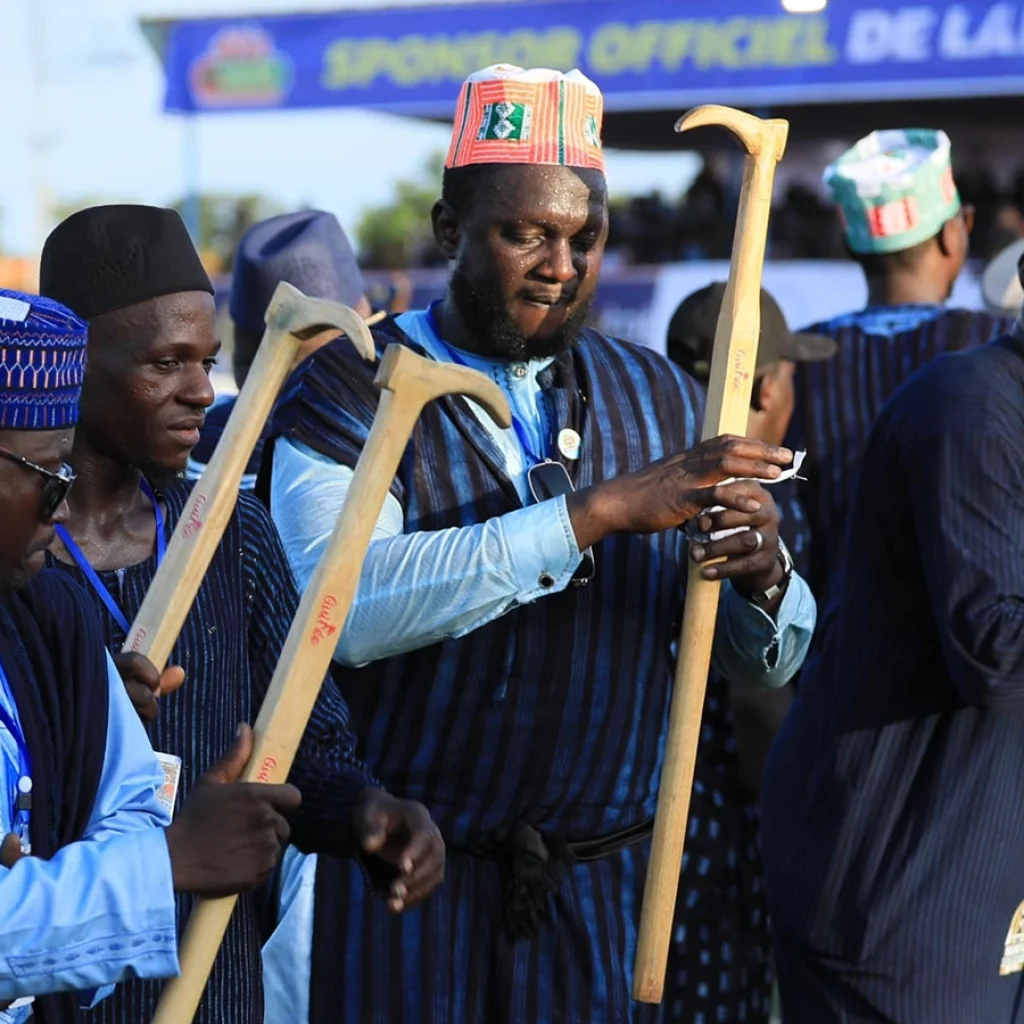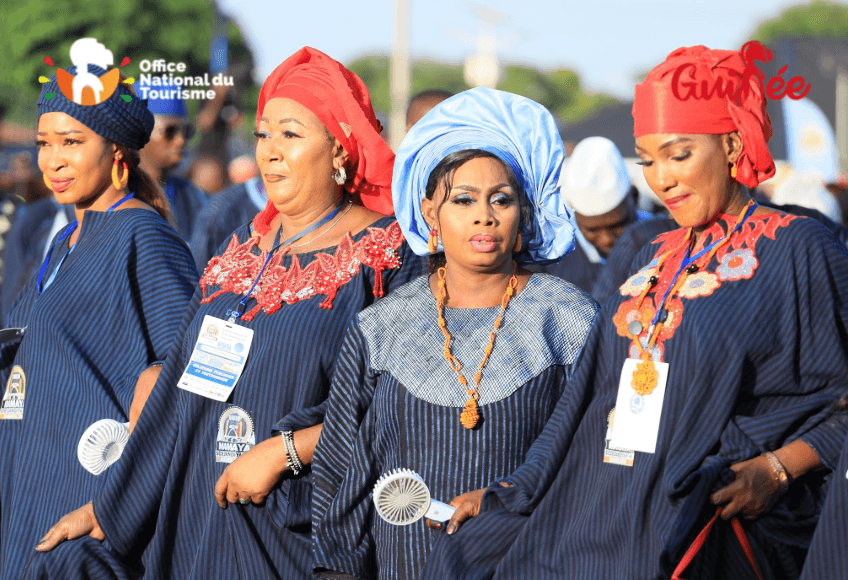Guinea Conakry has achieved a significant milestone with the official recognition of its traditional fabric, Leppi, as part of the country’s cultural heritage. The African Intellectual Property Organisation (OAPI) has granted the fabric Protected Geographical Indication (PGI) status, ensuring its authenticity and safeguarding its artisanal craftsmanship.
The recognition follows extensive efforts by Guinea’s National Office for the Promotion of Crafts (ONPA), which has been instrumental in preserving and promoting Leppi’s historical significance. Originating from the Foutah Djallon region, Leppi is deeply rooted in the traditions of the Fulani people and is known for its intricate geometric patterns, often dyed with indigo extracted from local plants.
Leppi is widely worn in Guinea, particularly during significant cultural events such as weddings, festivals, and religious celebrations like Eid. Its recognition as a protected fabric is expected to prevent counterfeiting and expand its reach into international markets.

Boosting Guinea’s Cultural and Economic Landscape
ONPA Director General Marie Somparé revealed that the certification process involved selecting 50 producers from a pool of nearly 3,000 artisans, who will spearhead the initiative under the Guinea Leppi Group. Authorities aim to enhance awareness among weavers to improve the fabric’s quality for global exports.
Guinea’s National Tourist Office has hailed the PGI certification as a landmark achievement in preserving the nation’s cultural heritage and promoting its artisanal craftsmanship.
“The Leppi is now recognized as an authentic and internationally protected product, symbolizing Guinea’s identity and tradition,” ONPA stated.
The recognition is also expected to stimulate job creation, strengthen exports in the textile industry, and enhance the country’s tourism sector. Moving forward, the Guinea Leppi Group will work to standardize production and maintain the fabric’s high quality to support its growing international reputation.


